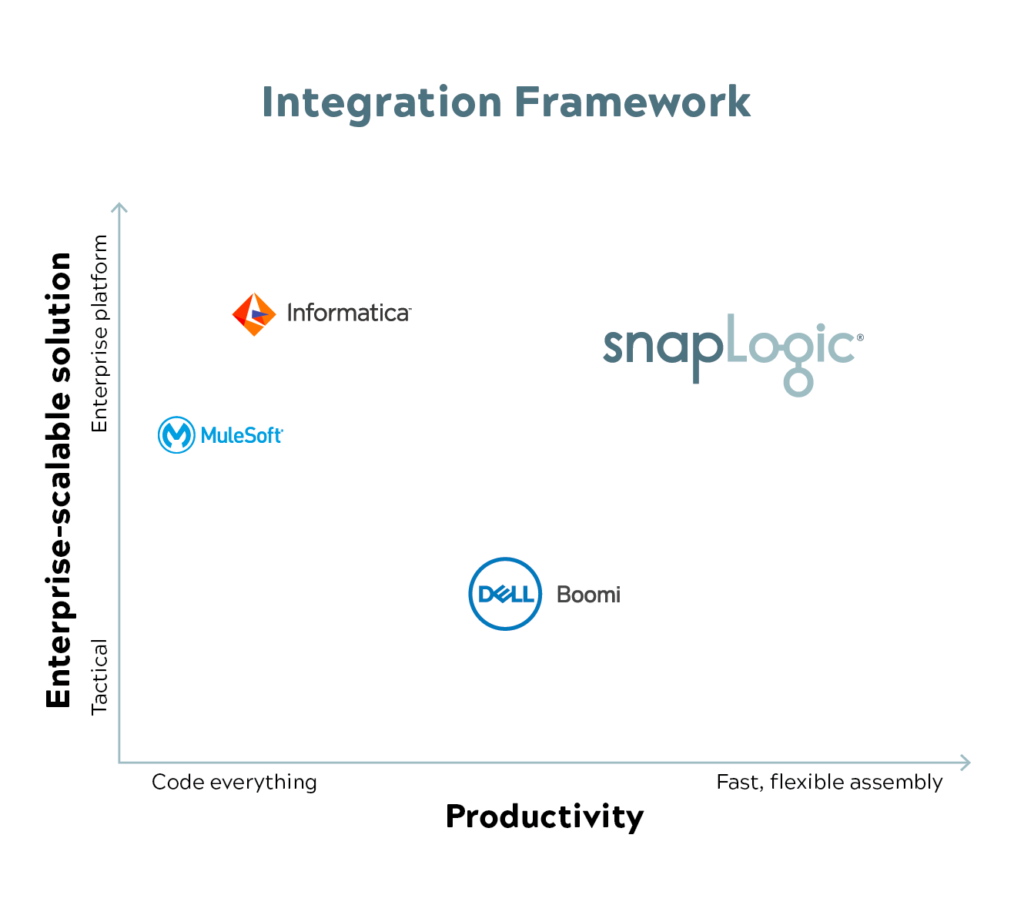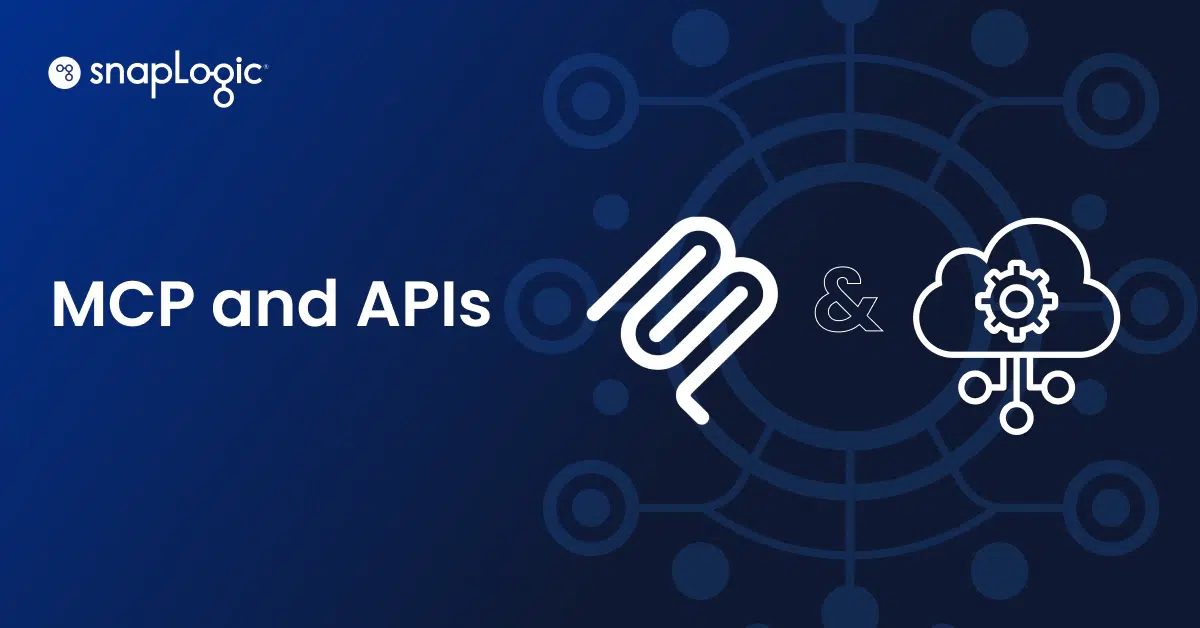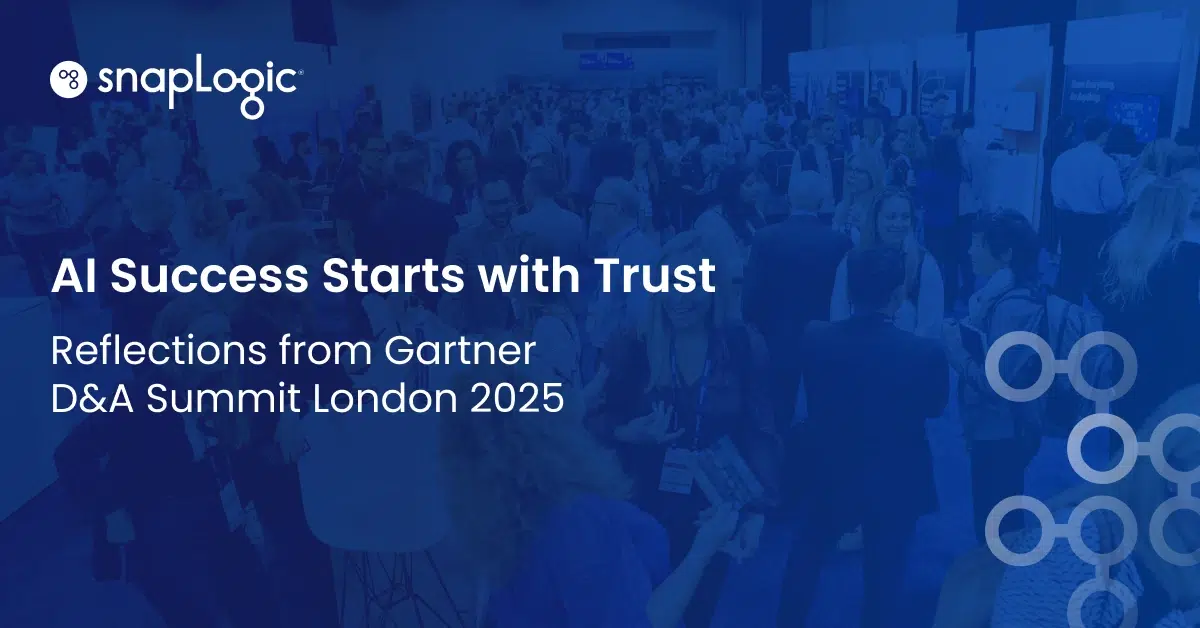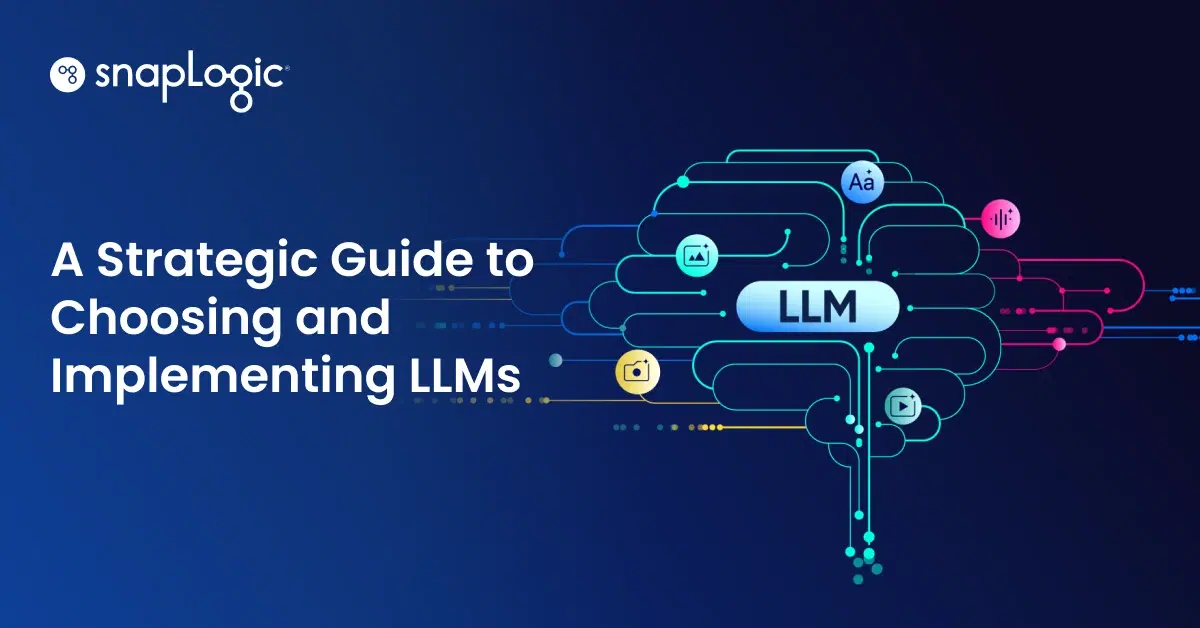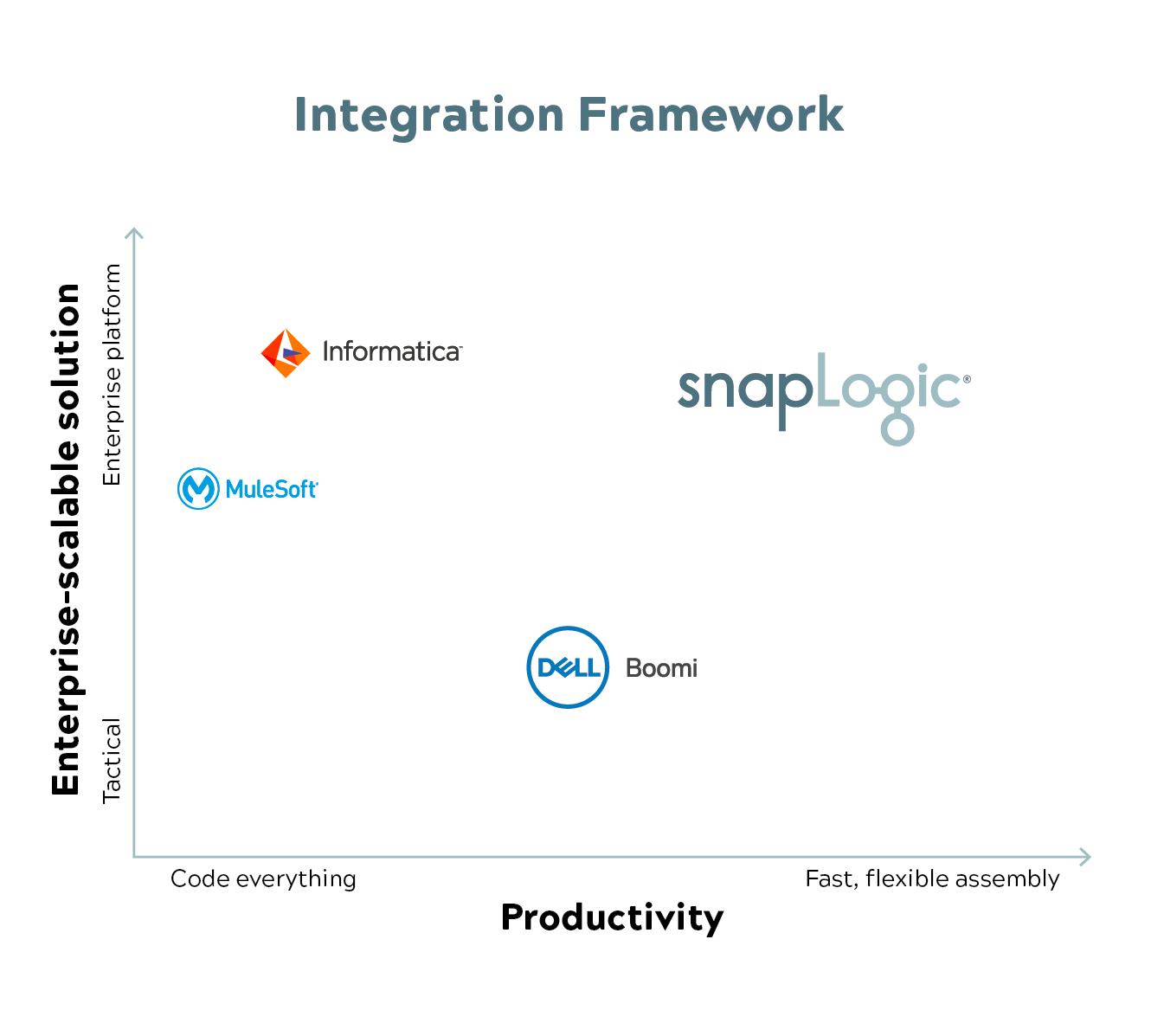App and data integration have dominated the news headlines of late, and for good reason. Companies are urgently moving their data and operations to the cloud so they become faster, more agile, and more data-driven. CIOs are leading the charge as IT becomes the Data as a Service (DaaS) function, arming their company with the best data possible so decision-making and innovation continuously improve.
CIOs are challenged to provide the best data across the company, and that seemingly straightforward task has become more complex with the proliferation of SaaS applications, the surge in big data, the emergence of IoT, and the rise of mobile devices, all of which must be integrated so workers across an organization can use in-context data every day. IT’s integration backlog has exploded and they can’t possibly hire enough people to manage their integration projects the old-fashioned way – by writing tons of custom code. Not only is the deployment too much work, but the cost of maintaining all of the integrations accelerates as well.
The key is to use a modern integration platform that can scale from tactical projects (e.g., point-to-point integration) to the most strategic initiatives (e.g., supporting global digital transformation). The best integration platforms will be able to:
- Support multiple app and data integration use cases across cloud, on-premises, and hybrid deployments
- Provide a self-service user experience that aided by AI and along with hundreds of pre-built connectors, results in greater user productivity and faster time-to-integration
- Have an underlying, scalable architecture to grow with you as your data and integration requirements evolve
Choosing an integration platform
But, as I’ve learned from talking to dozens of companies over the past few months, selecting an integration platform is not an easy one-size-fits-all decision. The truth is – not all integration platforms are created equal. Some are good at simple point-to-point cloud app integrations while others are good at moving and transforming large and complex data into a data lake for advanced analytics. Some require extensive developer resources to hand-code APIs while others provide self-service, drag-and-drop offerings that can be used by IT and LOBs alike. Some are good for specific tactical projects while others are more likely to be considered as a strategic, enterprise-wide platform for multi-year digital transformation.
Bottom line: I’ve been asking inquiring prospects a series of questions to help them identify the right modern integration platform for their unique needs. And I see no reason to not share them more broadly. So if you’re evaluating enterprise iPaaS solutions, ask yourself these eight questions when deciding on an integration platform that’s right for your organization.
- What are your key projects? Do you need a tool to solve a tactical one-off integration challenge, perhaps for a single Line Of Business (LOB) function? Or are you looking for a robust platform to underpin more strategic, enterprise-wide integration initiatives?
- What does your app and data landscape look like, and what are your priority use cases? Do you have a mix of on-prem and cloud or multiple clouds? Are you looking to streamline operational processes such as hire-to-retire or order-to-cash, or load multiple data sources into a data lake for advanced analytics? Or do you have multiple and varied infrastructure, deployment, and use-case requirements?
- Who are the target users of your integration platform? Are they skilled developers, data scientists, or LOB analysts? Do they all reside within central IT, or are you cascading integration projects to hundreds of users with varying degrees of technical proficiency across the business? Are ease of use and fast time-to-integration key requirements?
- Are you moving to a lean IT environment? Is your IT team supporting an increasing number of projects without an increase in staff? Is IT the only group that would be using the platform? Are your LOB users demanding self-service?
- How are you measuring the value that an integration platform brings? Are you looking beyond the initial up-front cost to the total cost of deployment and maintenance over time? What about the number of people required to manage the integration platform? How much training is required for a user to be productive? How quickly can the users create integration flows?
- Is platform independence important to you? Are you primarily a single-vendor shop (having organized around a primary cloud platform, ERP, or database) and can cost-effectively benefit from their bolt-on integration tools? Or do you require an independent, feature-rich, best-of-breed solution?
- Are you upgrading, consolidating, or pursuing a net-new integration platform? Are you trying to upgrade from older legacy integration platforms, consolidate multiple platforms to a single enterprise standard, or starting from scratch with a new platform built for a hybrid/multi-cloud world?
- Are you a SMB or large enterprise? Are you growing? Will you expect your integration platform to scale with you as you grow?
Integration framework In focus
Below is a diagram I use to explain the different types of integration projects and the corresponding vendor solutions that line up best. I also talked about this an earlier blog post, “Why isn’t your company 100-percent data-driven?” On the vertical axis, we have the type of integration scenarios, from tactical, one-off projects up to strategic, enterprise-wide initiatives. On the horizontal axis, we measure the productivity and speed/ease of integration you get with each solution. The solution you choose will depend on how you prioritize your integration project needs and internal resource capabilities, along both axes.
Why SnapLogic?
Answers to the above questions should help you navigate the growing and diverse mix of integration solutions to find the one that is right for you. Here is what SnapLogic offers and the key reasons customers choose our Enterprise Integration Cloud platform:
- Single, unified platform for app, API, data, and things integration
- Self-service UX, powered by Iris AI, for both IT and LOB users
- Cloud-native, elastic, scale-out architecture for high volume data processing
- Robust library of 450+ pre-built Snaps covering the majority of integration endpoints and transformations
- Tactical project support to strategic deployments and enterprise-wide platform support
Want to learn more? Download the white paper, “A comprehensive guide to the enterprise integration cloud” now or start a free trial.



